Summary
- Use roleplay to pass time during traveling games to avoid combat and indicate the passage of time.
- Ask players for input before a game to focus on what they want to roleplay, preventing feelings of being left out.
- Encourage inner monologues to get timid players involved in roleplay and reward good roleplay with Inspiration.
While combat always has a place in any Dungeons & Dragons game, there are times where it’s best to just focus on roleplay and storytelling. If your table is coming off the end of a long arc, or about to start a new one, it might be worth considering if it’s time to run a roleplay-only session, with no combat, dungeons, or maybe even dragons to speak of.
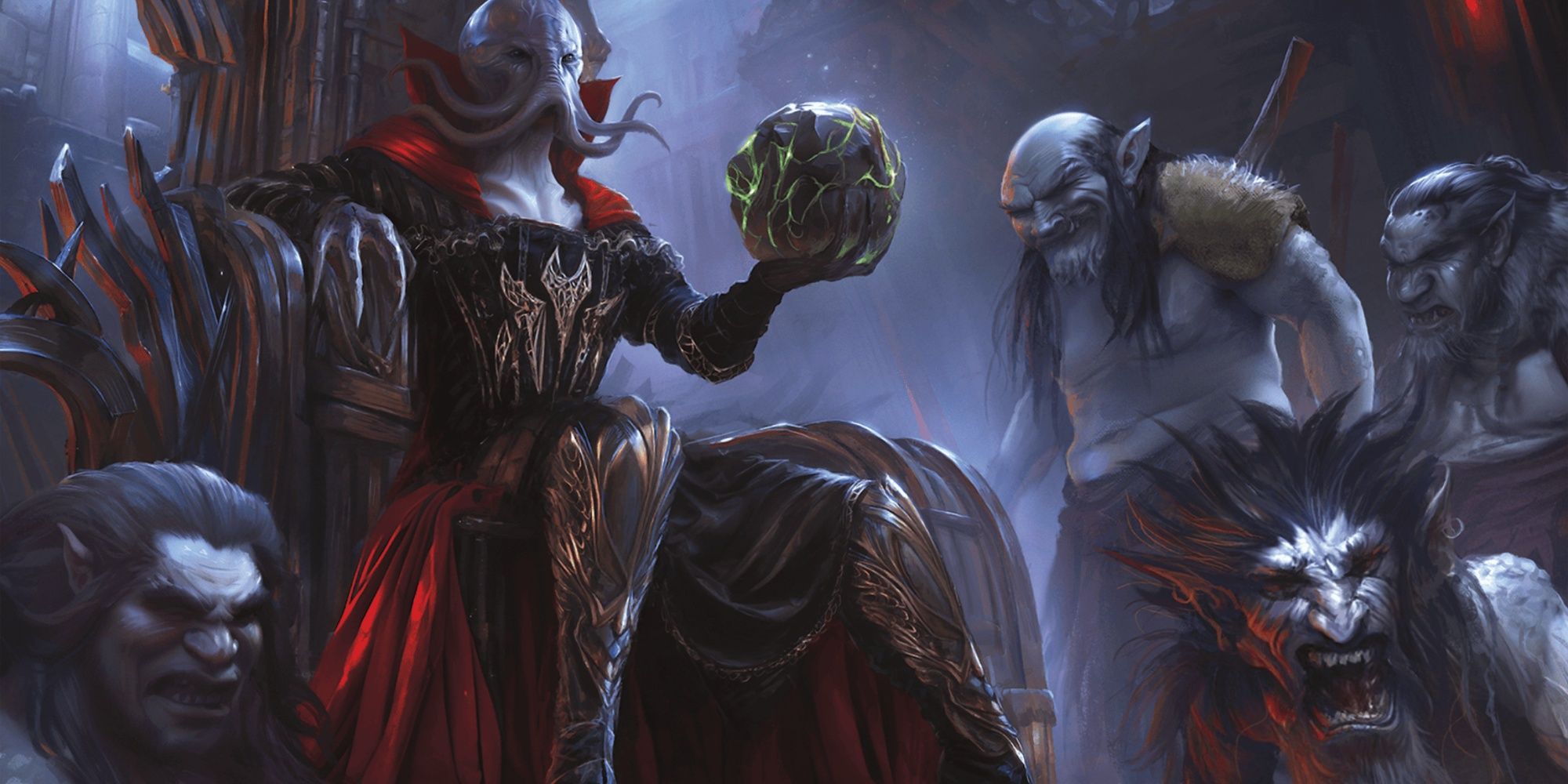
Related
Dungeons & Dragons: How To Roleplay Mind Flayers As A DM
Learn how to roleplay the sinister Mind Flayers as a DM in D&D!
If you’ve never run a roleplay session before as a DM, there are some traps you’ll want to avoid stepping into. Here are some tips and tricks to run roleplay only games in Dungeons & Dragons.
10
Use Roleplay To Pass Time
It’s Time For A Montage
One great way to use roleplay only sessions is during games where the party must travel a great distance. While traveling games may also include some exploration elements, if you want to avoid combat altogether, have roleplay take center stage, and use it to indicate the passage of time.
For example, just telling your players that a few days have passed can be a bit boring. But, if a player says they want to help teach another player a skill, use this as a catalyst for a montage, wherein the players help each other out over several days.
9
Ask Players For Their Input
Don’t Force Anything
It can be difficult to impose a roleplay session on players if they feel they have no aspects of their characters they want to act out. They might just want to get to the next objective. But, if you’re sensing that your table has some narrative outcomes they need to resolve, source their input.
Ask players before a game what they’d like to focus on for the session. There’s no harm in lifting the curtain a bit to make sure that everybody has a chance to roleplay what they want, and nobody gets left out to dry.
8
Insert NPCs To Encourage Roleplay
That’s What They’re There For
If you feel that your table needs to have a roleplay-only session, but your players are having a hard time getting started, try inserting an NPC that the party is familiar with. Use them to encourage roleplay by having the NPC start engaging narrative conversations with the party.
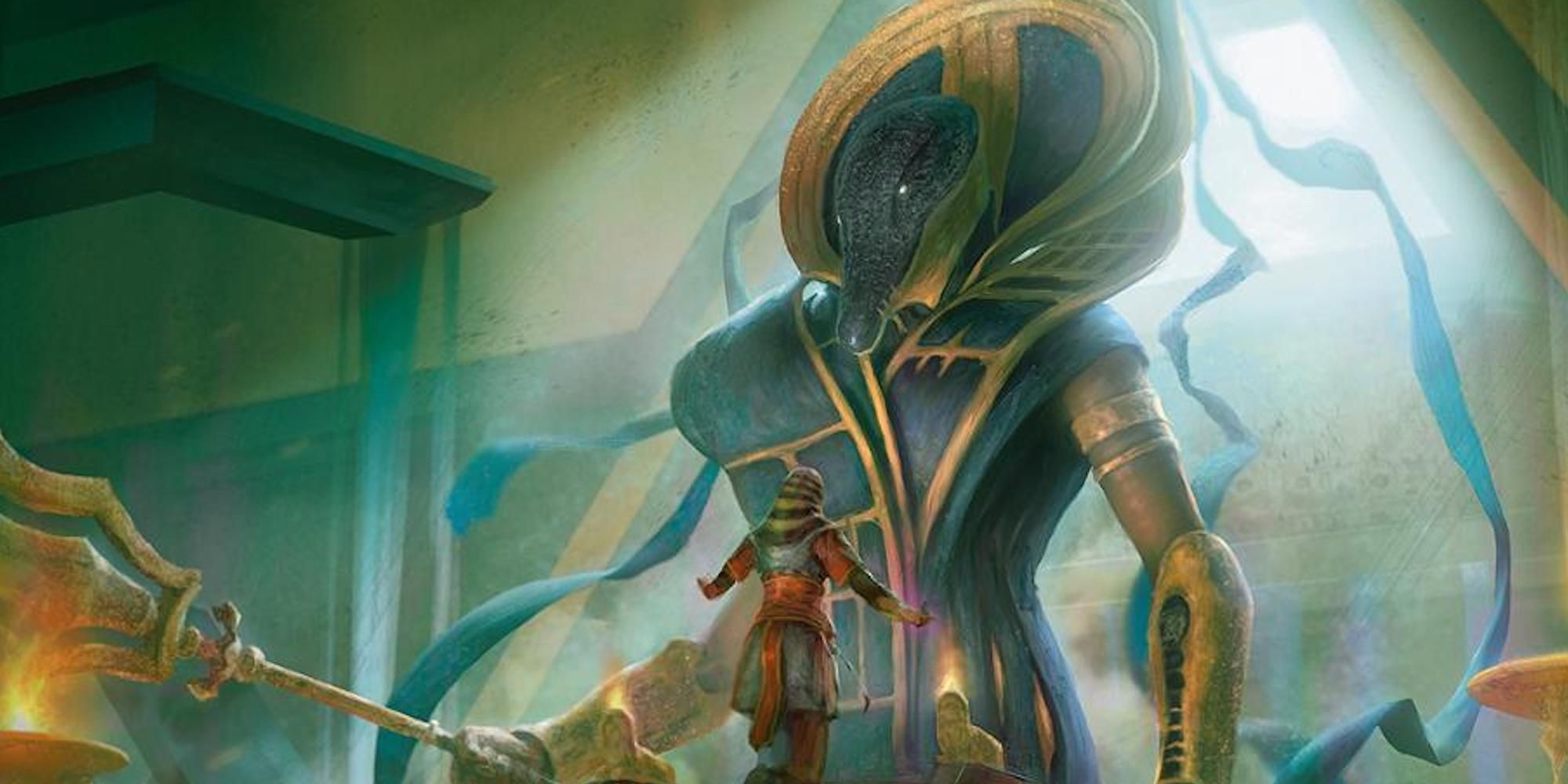
Related
Dungeons & Dragons: Roleplaying Your Cleric’s Deity
Create a more immersive and engaging cleric experience.
With any luck, this will help get less seasoned roleplayers feeling more comfortable, and get conversation going. Additionally, you can use an NPC to help moderate discussions between players if you’re worried that things might go off the rails.
7
Let Players Roleplay With Each Other
Take A Break, You Deserve It
While it’s great as a DM to have your own fun roleplaying with other players at the table, it’s also important to let the characters talk with each other more. Not only is this helpful for encouraging party bonding, but it lets you regain some energy if you’ve been DM-ing for several hours at a time.
Plus, there’s nothing more repetitive and tedious than players taking turns roleplaying with just the DM. This leaves other players on the sidelines, and feeling bored. Encourage players to talk to each other first before talking to you or an NPC.
6
Utilize Long Rests
Let’s Take The Next Watch
Sometimes, in the heat of a long campaign, long rests can feel like afterthoughts. Players may simply say, ‘We take a long rest,’ and then move on. But, long rests are a great opportunity for players to roleplay while they regain their abilities and HP.
As players settle down for a long rest, encourage them to talk to one another, and ask them if there’s anything they’d like to say or do as they prepare to sleep. You might be surprised what comes up for players the moment you give them the opportunity.
5
Know When To Cut Things Off
Let’s Not Monologue Too Much
While roleplay only sessions are really fun and narratively intriguing, they can also be tedious if the conversation goes around in circles. This goes back to the idea of using NPCs to help moderate discussions.

Related
Dungeons & Dragons: 9 Spellcasting Roleplay Ideas
Not every spell has to be cast by shouting in latin.
If the conversation has reached a dead-end, and players are not making any progress, try to use an NPC, or even an above table excuse to cut things off. Obviously, you don’t want to end roleplay too soon, but if the roleplay has reached its natural conclusion or is going on too long, you don’t want things to feel tedious.
4
Don’t Rush
Take Your Time
Conversely, while it’s important not to let things drag out, you also don’t want to cut things off prematurely. So many interesting facets of a player’s character can emerge in lulls or downtime. Don’t rush players to a foregone conclusion.
If you first feel the urge to cut things off in a roleplay scenario, consider lingering on the interaction for a few moments more, and see what happens. Your players might surprise you with what comes to them. Remember, sometimes silence is golden.
3
Encourage Inner Monologue
Let’s Think About It
There are other ways to have players roleplay that don’t involve direct conversation! If a player isn’t comfortable roleplaying in the present tense, or with other players, you can lightly encourage them to explain to the table what their character’s inner monologue is like.
Ask them to describe how they’re feeling after a particularly tough battle, or if their character has any fears about their upcoming adventures. This can be a totally non-threatening way to get roleplay out of more timid players.
2
Allow Time For Solo Quests
Branch Out!
Sometimes, players may want to roleplay something that doesn’t involve the rest of the party. While solo quests should be very limited in scope to prevent one player monopolizing the table, you also don’t want to flat out deny players the opportunity to explore something on their own.
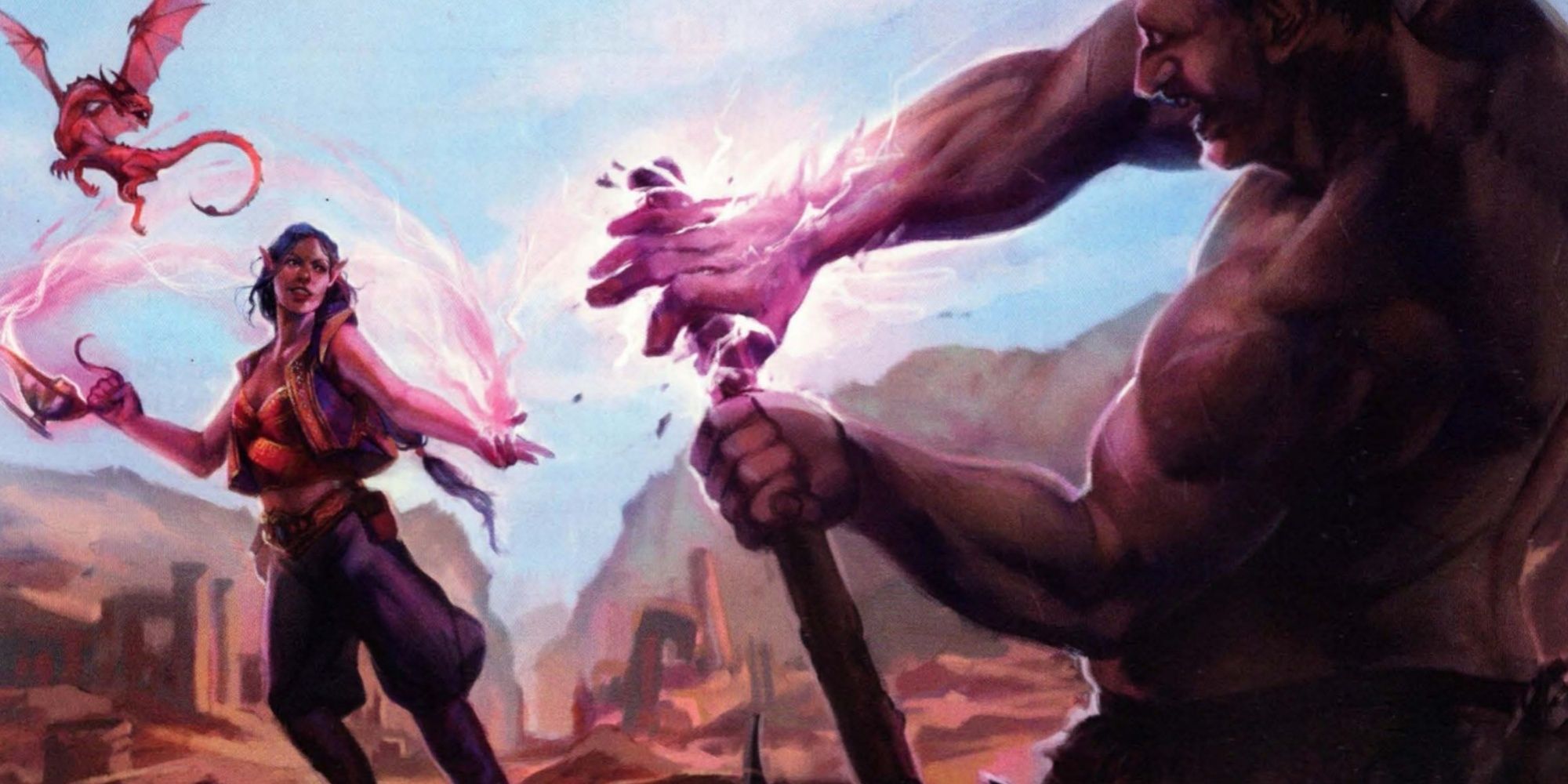
Related
Dungeons & Dragons: How To Roleplay Your Warlock’s Patron
You will have to step into the eldritch shoes of a patron.
For an entirely roleplay-based session, just make sure you limit each player to one solo quest per game. Otherwise, this can get tedious and exhaustive for players and DMs alike.
1
Reward Players With Inspiration
Yes, You Can Min-Max Roleplay
Some players who prefer optimization and min-maxing over roleplay might find an all-roleplay session a bit dull. But, you can entice them with tangible rewards, including Heroic Inspiration, or DM Inspiration.
Many tables and DMs will reward players for successful roleplay with an Inspiration die of their choosing. If a player uses roleplay to finish a narrative arc, or works out a conflict with another player, roleplaying their character well, reward them with Inspiration that they can use during their next combat encounter.
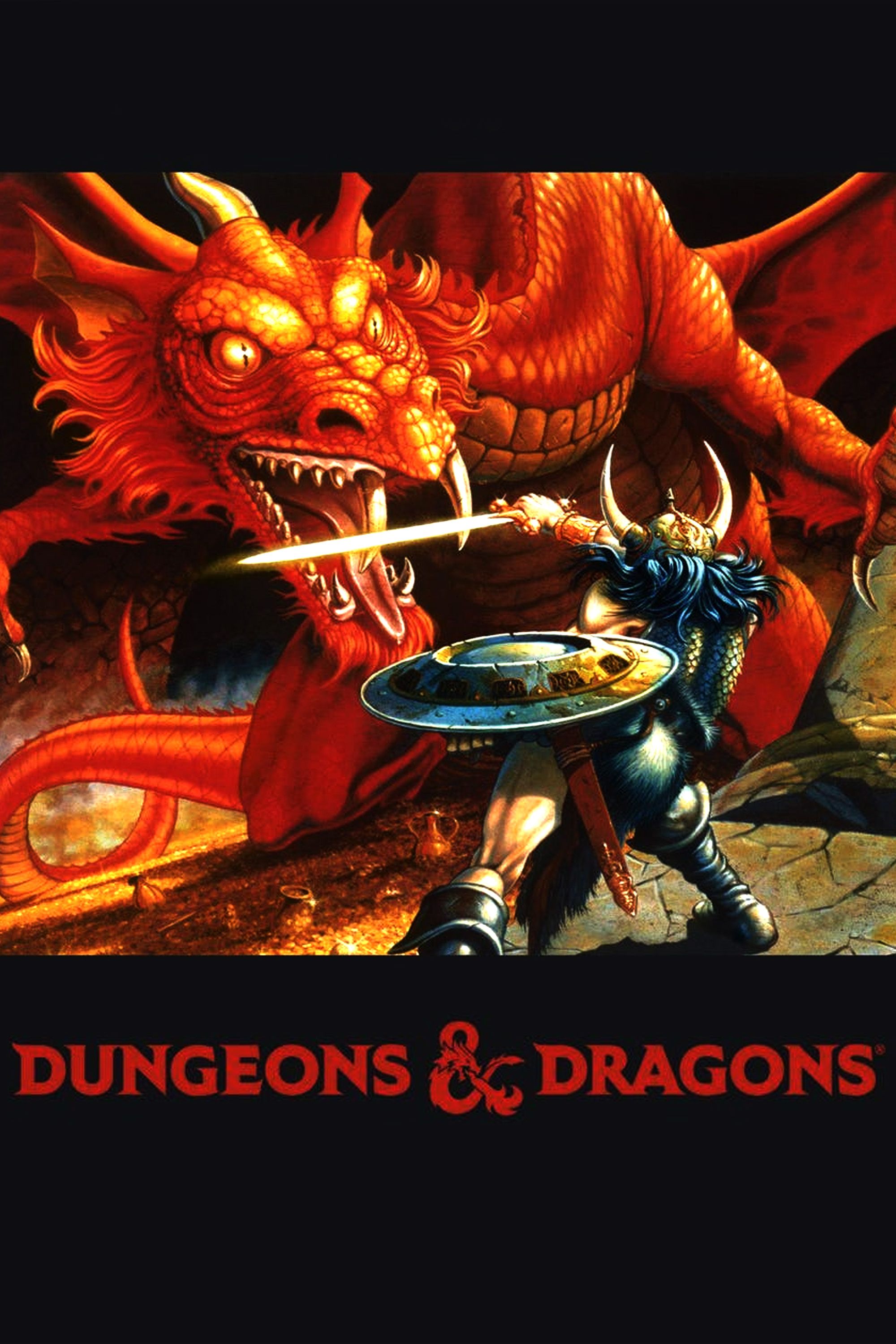
Dungeons and Dragons
- Original Release Date
-
1974
- Designer
-
E. Gary Gygax, Dave Arneson
- Player Count
-
2+
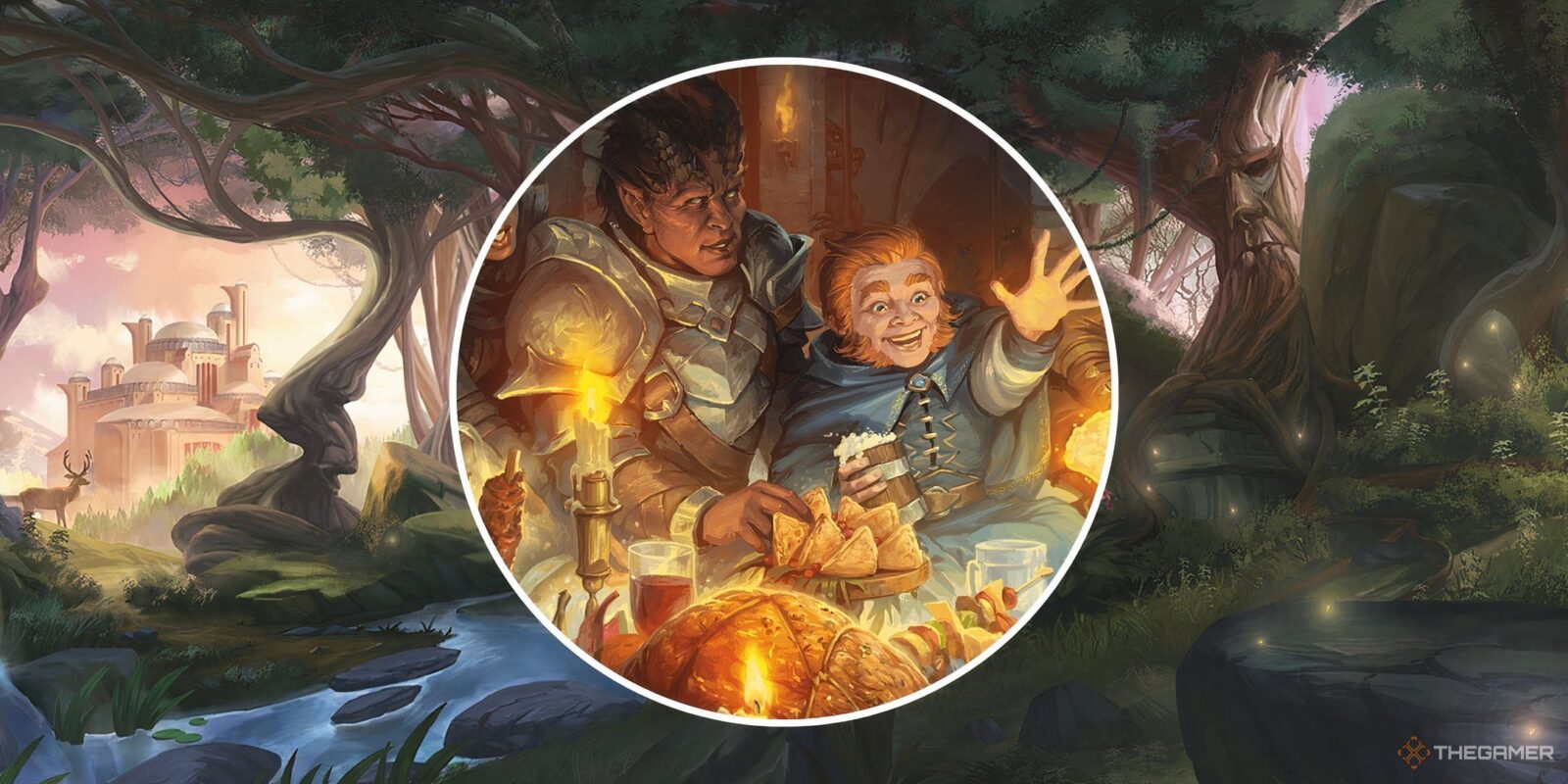
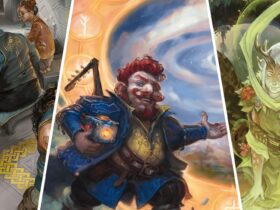
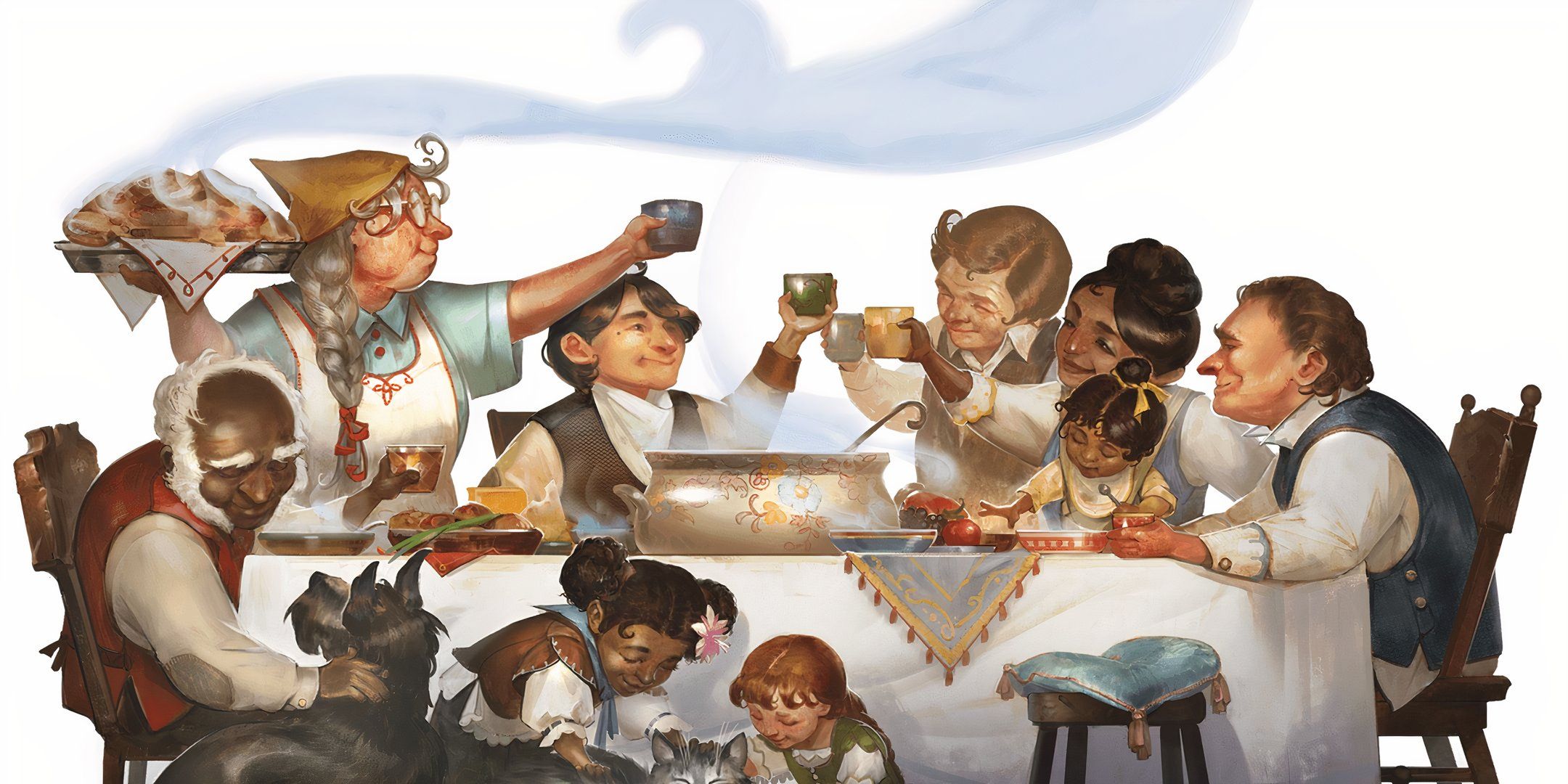
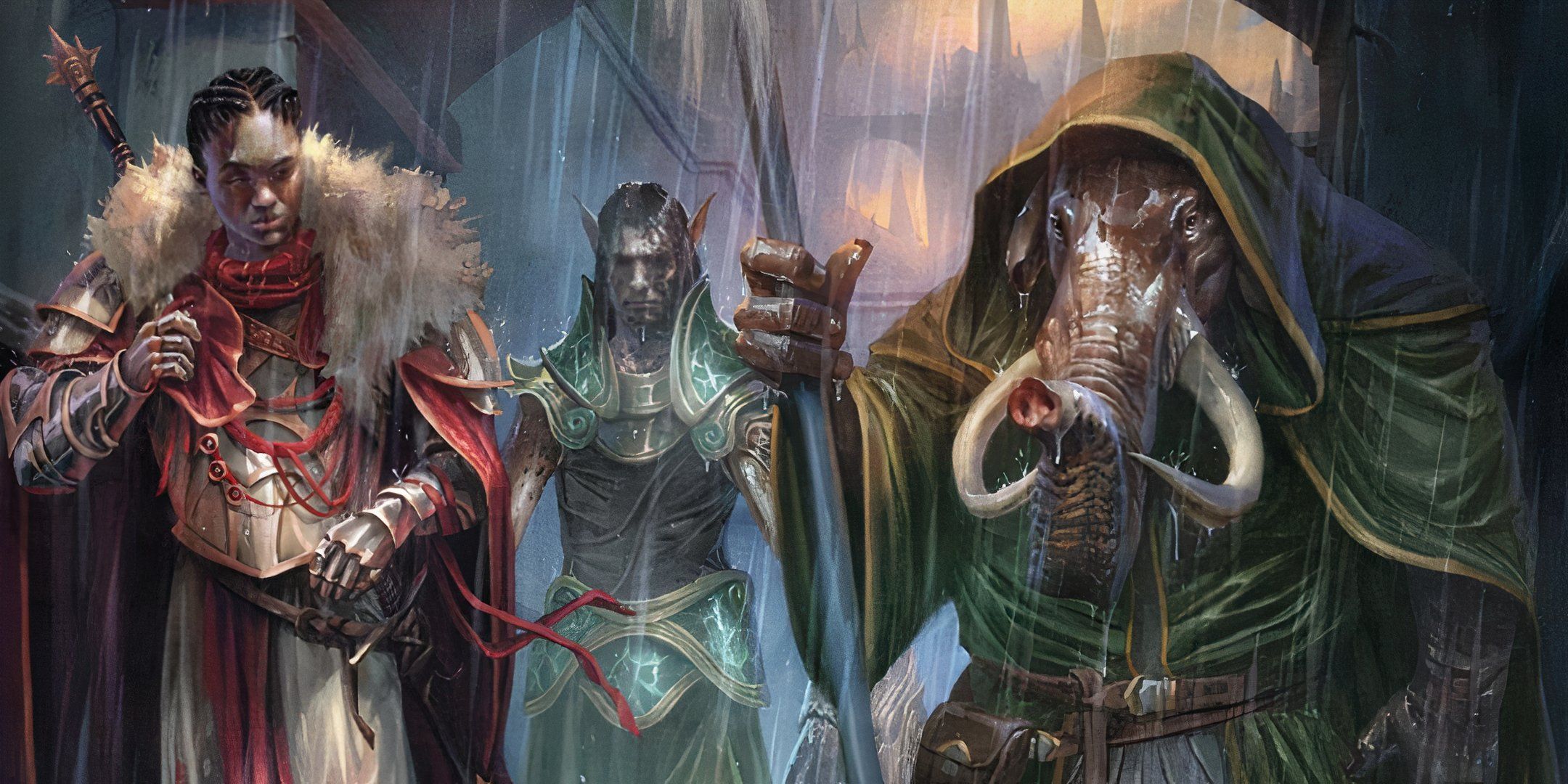

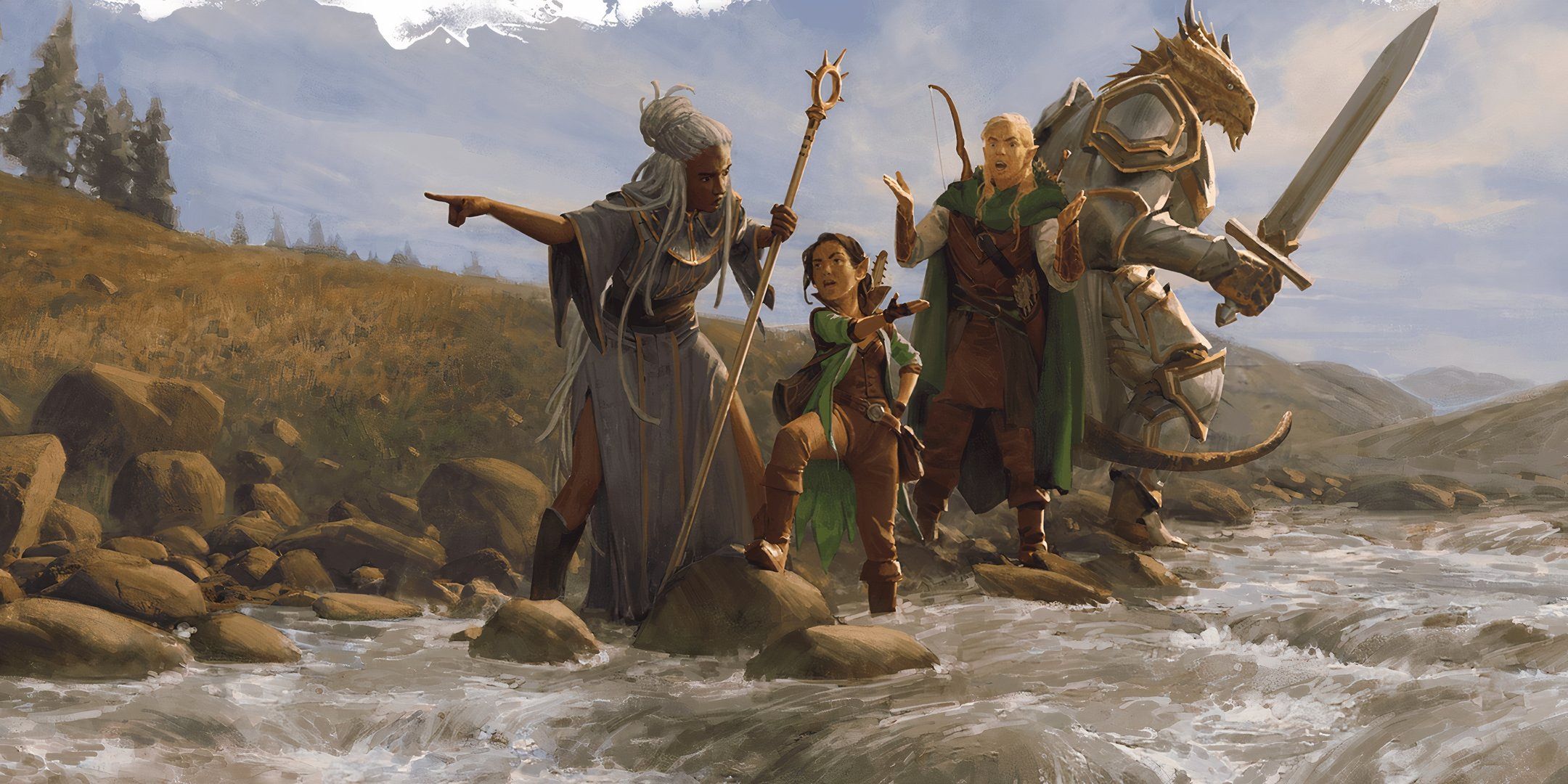
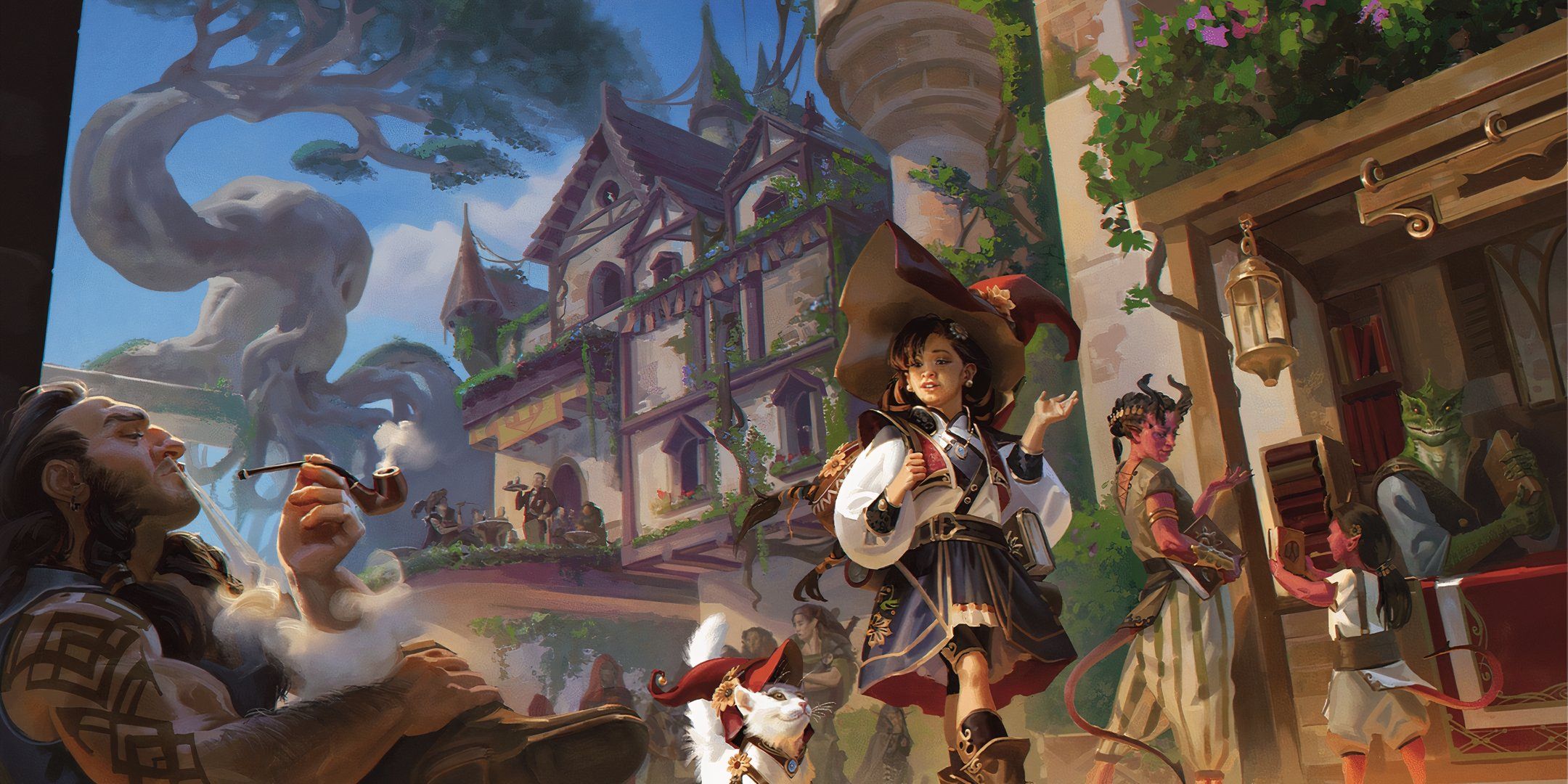
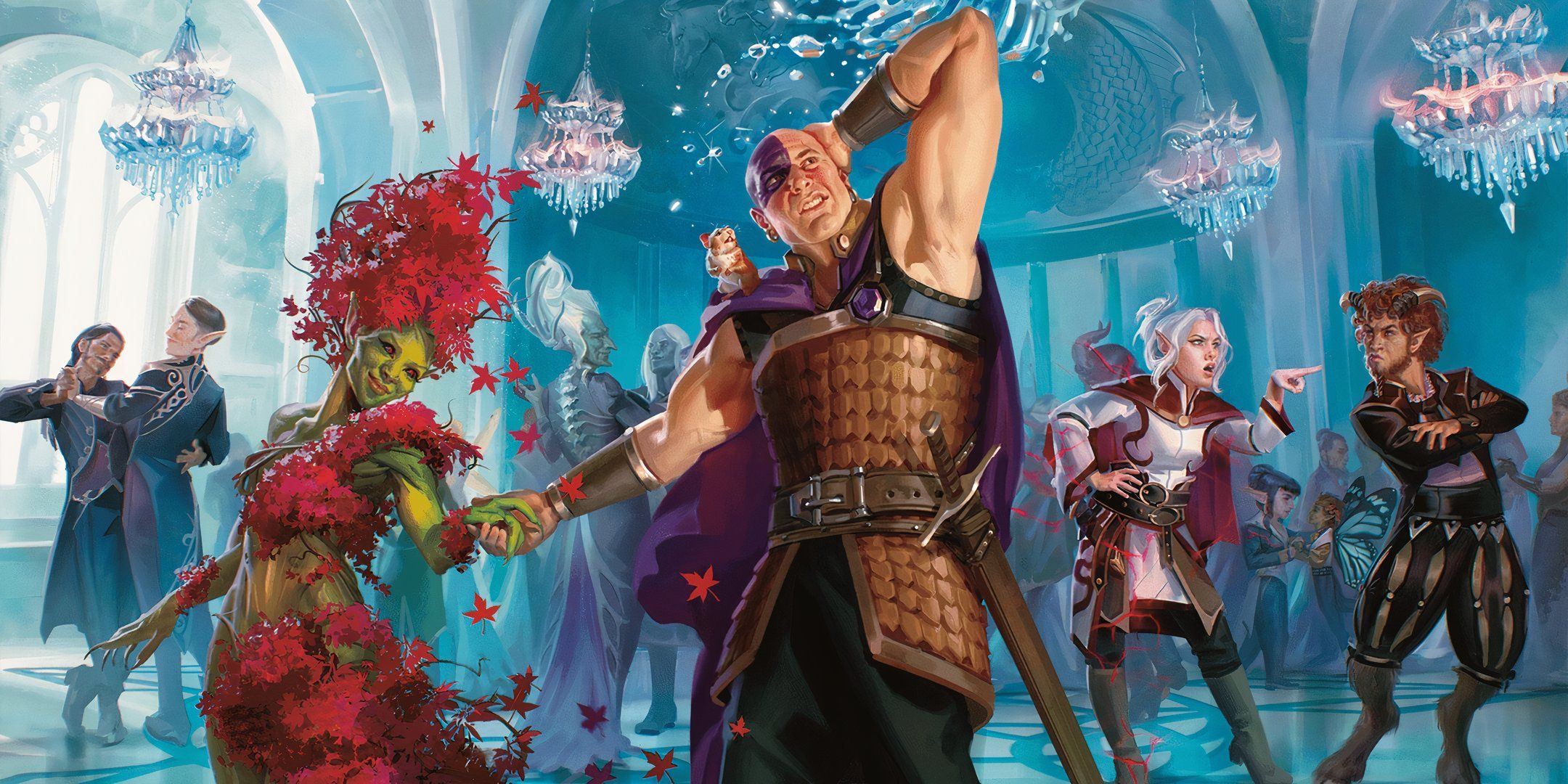

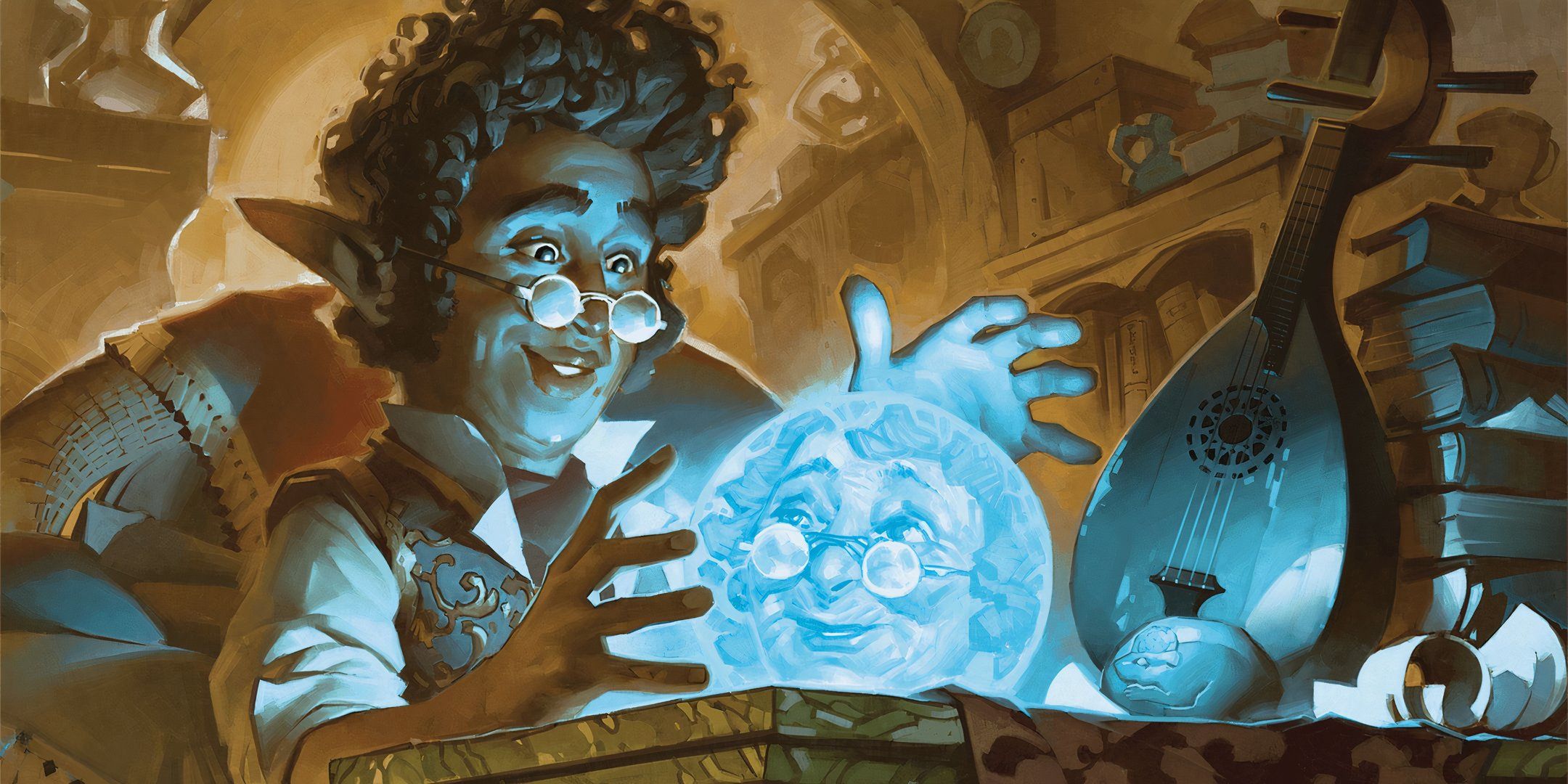

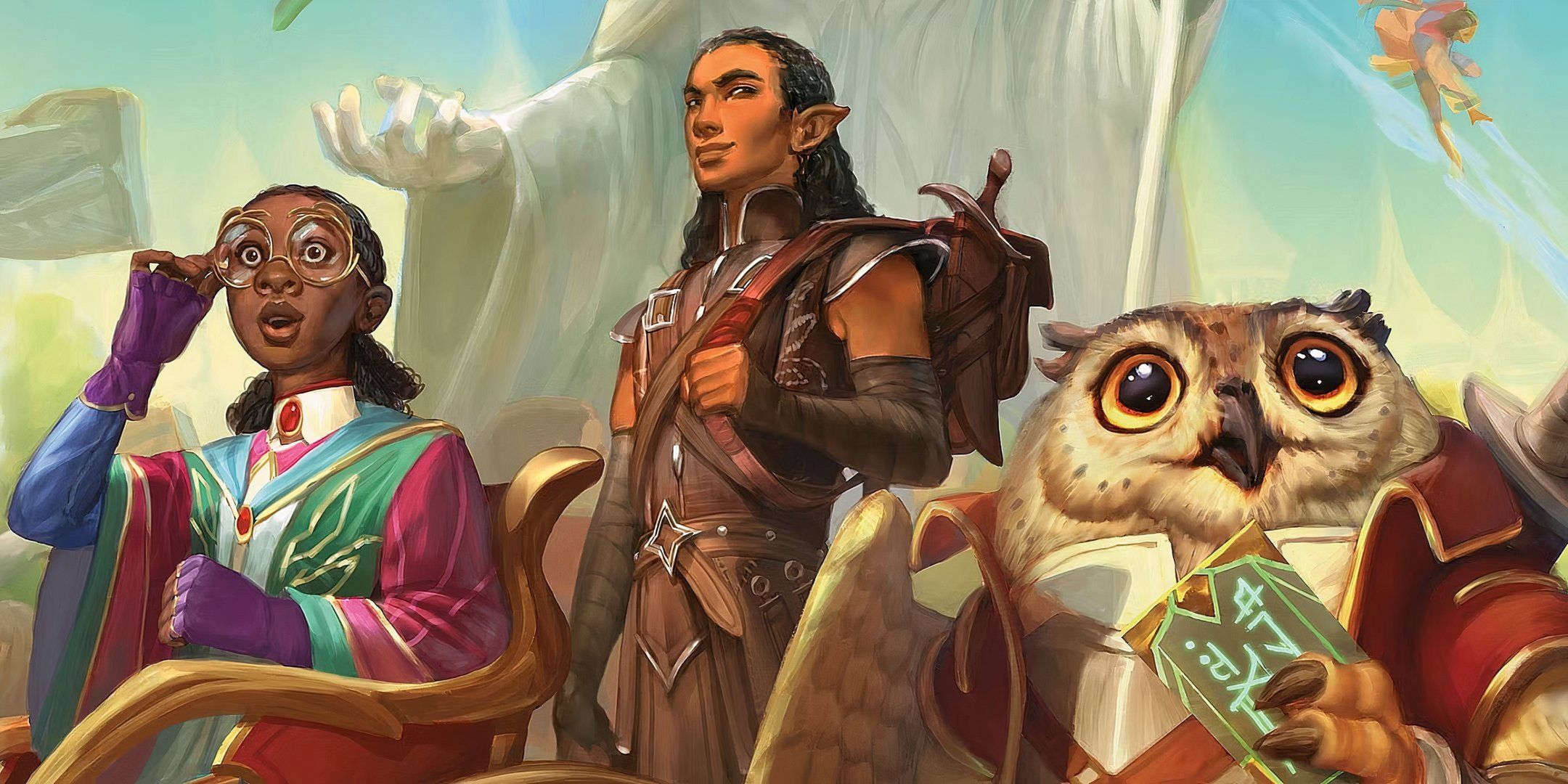


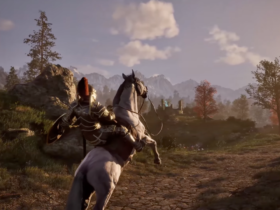

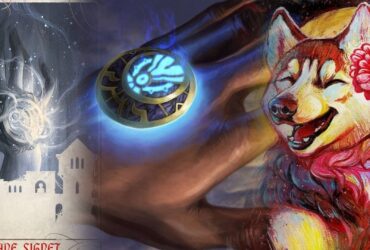

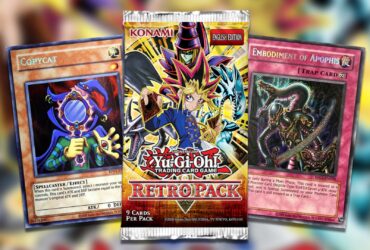



Leave a Reply